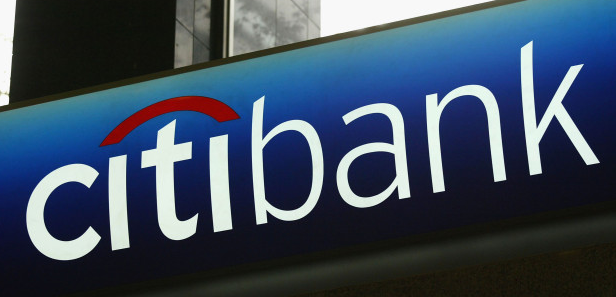
My first gig in advertising was working in-house for Citibank. A department they aptly named N-house. A year before, Citibank hired a copywriter-art director team from Saatchi & Saatchi out of Manhattan, and brought them down to their operations campus in Jacksonville, where the tandem headed all direct marketing correspondence for the bank, and lived like kings.
It was my first experience with the idea of an in-house creative department.
Nearly 20 years later I’m here to tell you that by 2020, in-house ad departments will be commonplace in businesses everywhere.
Here’s why:
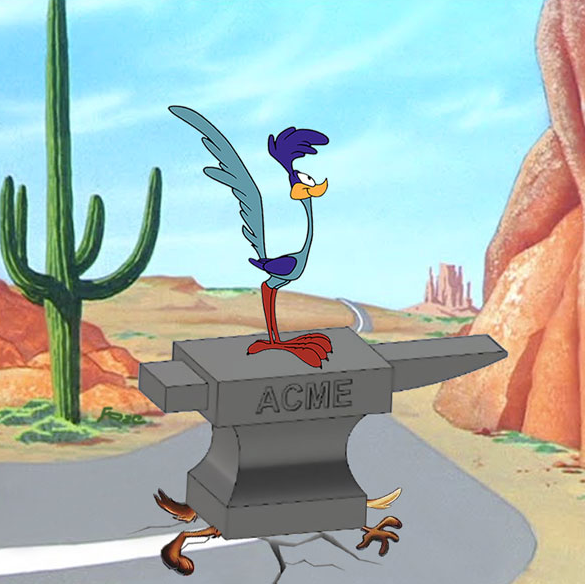
Boom. The world has changed.
I hate using that term, but it’s true. Thanks to the internet, we are hyper-connected and no longer need the traditional media to consume content. Yes, this advancement in connectivity was intended for human beings, but, naturally, wherever humans congregate, marketers and brands follow. It’s Business 101–be where your audience is. And right now, they’re online. And not just online, but mobile. And what they’re mostly doing most is engaging in human stuff on Facebook, and searching for stuff with Google.
That’s why WPP, the world’s largest advertising holding company, has invested so heavily in these platforms.
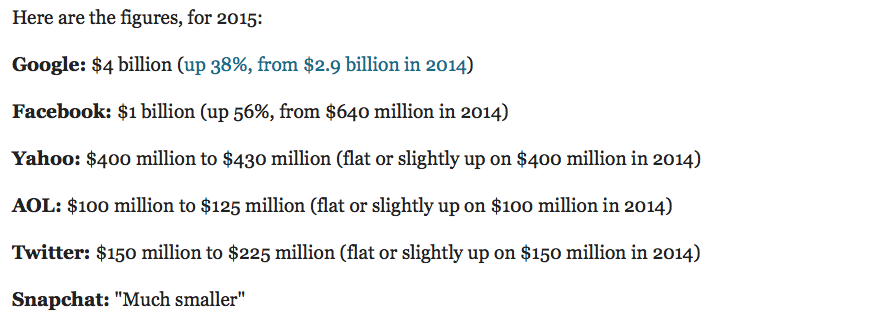 So the company that oversees and recommends how the advertising agency you hire spends your budget, has shifted its focus toward digital platforms. Because … that’s where the people are. And there’s ROI in following people.
So the company that oversees and recommends how the advertising agency you hire spends your budget, has shifted its focus toward digital platforms. Because … that’s where the people are. And there’s ROI in following people.
But here’s the thing–creating the messaging that goes into a digital campaign, along with procuring the media to promote this messaging, is something that virtually any brand could do themselves.
Currently, most brands have internal marketing departments that create strategies to attract new customers. And those marketing departments hire ad agencies to work with. The role of the ad agency is to come up with brilliant messages based on the strategy, and then buy and place the media necessary to get those messages in front of the right people. Until a few years ago this meant the basic stuff like direct mail, radio, print, outdoor, and TV. Expensive undertakings for sure, but it was what it was. And we could point to historical data to prove that it worked. Sort of. Only, most of those numbers were always speculative. If you bought a billboard and saw a 1% increase in sales, that’s predictable. If you paid for that billboard through the bump in sales, then you’re likely to buy another billboard again at some point. But, without a coupon code, how could you be really sure?
The reason we’ve done things the same way for so long is because since the advent of television in the 1950s , there hasn’t been any significant advancement in content delivery systems in a half-century.
Until the internet.
Now you can set up your own ad campaigns on Google and Facebook, targeting very specific audiences, and then monitor the advertising for effectiveness. In real time.
The rise of digital and its massive impact on traditional print media has been well documented. So what do those media do to survive? Well, for one thing they went digital. And if they didn’t, they turned to dust. But now even the digital publications are taking a major hit, scrambling for monetization in an age when brands have become their own publications.
As well they should.
Thanks to advancements in site platforms like WordPress, you no longer need be a Flash programmer to maintain a website. And because of Google’s SEO factor for frequency, having a static website doesn’t do much for you anymore anyway. (Thus, sustainable marketing.)
So what do you even need an ad agency for these days?
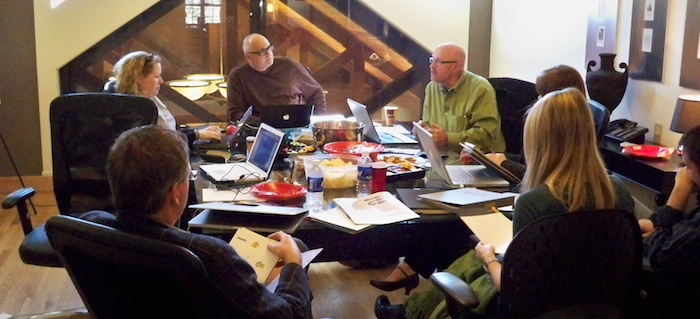
Granted, no brand should just all the sudden jump ship from traditional media to go all-in on digital. That would be absurd. So you definitely need an ad agency to help you create and run traditional campaigns. And you may well even outsource creative development for your digital campaigns too. After all, you still have to grab the attention of your audience and most (not all) marketing departments lack the creative chutzpah to pull that off (marketing people are usually more tactical than creative). But if you shifted some of your resources around in your marketing department, you would no longer have to rely on the ad agency to purchase your digital media. You could do it directly and save some pretty significant cabbage doing so. Hell, there are agencies out there who basically give the creative away for free, in hopes of landing the media buy for its clients–because of the markup revenue on the media.
But let’s take it a step farther. What if you pulled a Citibank and hired a team to develop the creative for your digital marketing? A team that could do more than develop ads for Google and Facebook–but essentially help guide the brand’s voice in this new digital landscape. Creating branded content that flows seamlessly from platform to platform–content that is easily sharable and compelling enough to get the audience to take action. A team that can create everything from traditional advertising and collateral, to helping take the brand in exciting (and inevitable) new directions. Think of how much more responsive your communications would be without waiting around for a third-party to respond.
It’s more than possible. It’s probable. Brands are already their own publishers. I’m betting that in just a few years, they’ll be their own ad agencies, too.
***
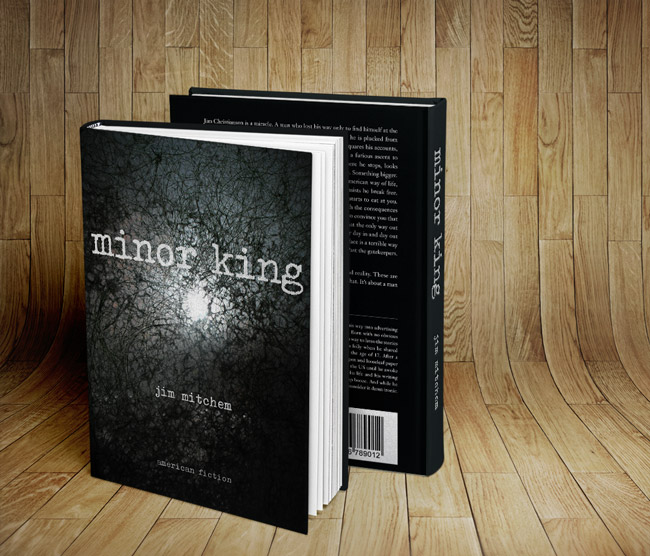
Nichole Brown
Apr 20, 2016
If I’m not mistaken, Apple(R) is one of the few companies with an in-house creative agency. I wonder if it outsources its media buys. Do you know?
Jim Mitchem
Jan 23, 2017
I don’t know.
The Rise of the Internal Ad Agency - Marketing Talent Inc
Jan 23, 2017
[…] This article was written by Charlotte, North Carolina based Ad man, Jim Mitchem. It was originally originally published here […]